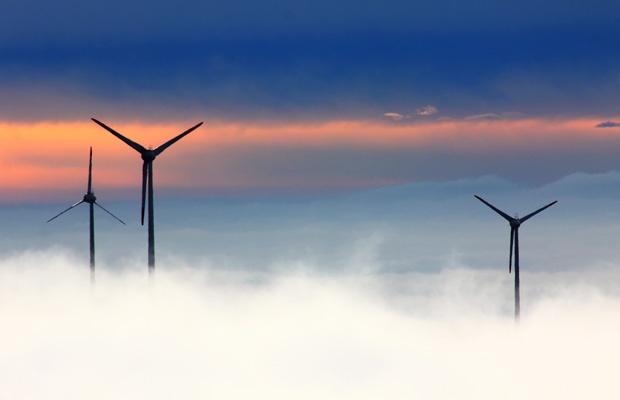We, like the rest of the world, will be sitting on the edge of our seats today as the 45th President of the United States takes the Oath of Office. We’ve been listening intently to his Cabinet nominations for the Environmental Protection Agency, Department of Energy and Small Business Administration, as their views on the economy, environment and government funding will impact our industry significantly over the next four years.
Yesterday, Congressional Members held the Department of Energy Confirmation Hearing of former Texas Governor Rick Perry. Members of Congress grilled Governor Perry on matters related to renewable energy, national security and climate change. Grid monitorization, energy efficiency and the development of digitalization using super computers were some of the topics discussed.
The former Governor promised to weigh each program carefully and reminded members of the committee that he’s traditionally a fiscal conservative. However, he quickly followed up that statement with a commitment to fund research and programs that invest in technologies that make the United States more efficient, economically viable and improve quality of life for U.S. citizens. He expressed his support of technological advances like wind turbines and is committed to using scientists to find solutions to overcome the challenges that renewable energy sources face today.
Wind has a long way to go when it comes to energy production. Statistics used during the hearing claimed 66% of the energy produced came from coal and natural gas, 20% from nuclear and renewable energy lagged at 13%.
However, it’s important to remember that significant investments have been made and are in place to increase wind capacity. Manufactures are producing larger wind turbines with longer rotor blades to increase power capacity. Advances have been made in the quality of materials used to build turbine technologies that make them more reliable and cost efficient. And it is our job to help Original Equipment Manufacturers advance these technologies in ways that put them on par with capacity outputs similar to fossil fuels. Operators need to be able to maintain their turbines at low cost and high reliability, so that wind is perceived as an economic driver in the United States.
